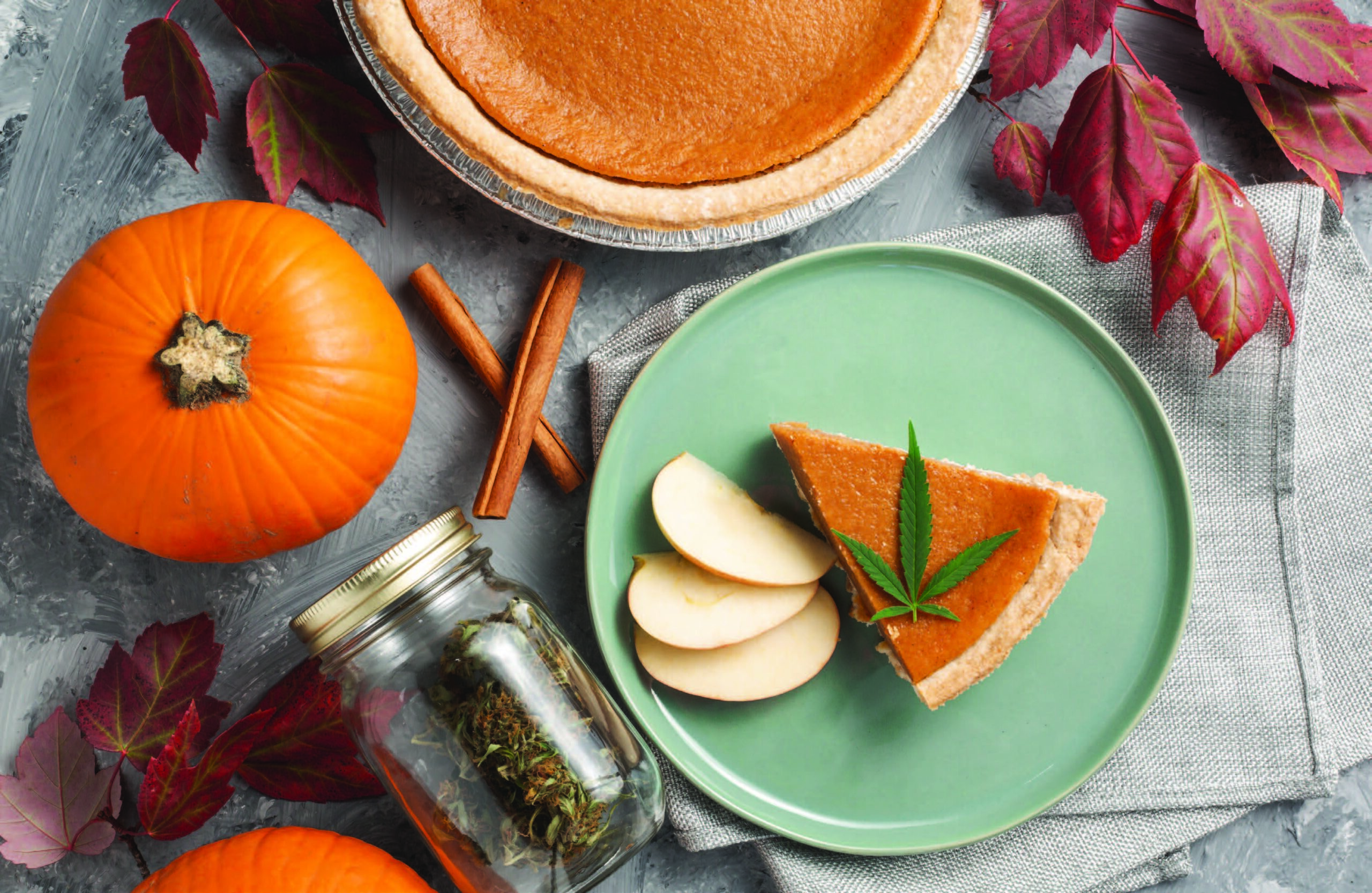You may have noticed that going out to eat is pretty damn expensive. The $8 half-pound burger is a thing of the past, and casual chain restaurants that used to offer two-for-one dinners are dying. Today, we’re bombarded with locally-sourced, organically grown, or non-GMO ingredients at every turn. Our beer is brewed around the corner, that vodka is distilled in town, and our wine is made from organic, biodynamic grapes. Even coffee isn’t just a bag of beans anymore – it’s fair trade, single origin, or responsibly grown. All of this drives the price tag up… and up… and up. If you’re wondering if these increased prices are worth it, it really just depends.
As a chef who regularly geeked out on food cost, I get it. I spent my career working in Excel, building spreadsheet after spreadsheet to understand the true cost of food. I chose to source sustainable ingredients over less expensive options because I believe in it. Heritage-breed, pasture-raised pigs couldn’t taste more distinct from the “other white meat” bred for fast growth, and organic radishes freshly picked out of the ground taste crisper and spicier than the kind that travels hundreds of miles to reach the grocery store. It may be costly, but these foods taste better and support the local community – making them an even worthier cause.
But not every restaurant is serving responsibly-sourced food, and even commodity food prices have increased. McDonald’s killed the dollar menu in 2014, and even today their value burger patties contain less than 2 ounces of meat. It’s not just the local guys who are struggling – the numbers just don’t work for cheap food anymore. In addition to the ingredients, the real cost of food is hidden behind the rent, lights, water, labor, and credit card transaction fees.
The long and the short of it: There’s a reason you see local restaurant owners working in their own establishments. It’s not just about the love of the craft – it’s also about keeping the costs low. Sure, there are certainly restauranteurs who have it made. You see them on TV, judging cooking competitions, and hosting hit shows. But, in reality, one out of every five restaurant owners can’t make it work within the first year, and the ones who do continue to struggle those first five years.
Failure isn’t just about food cost – there are bad reviews, mediocre food, employee turnover, poor service, increased rent, or a bad location. It could be a myriad of things, but controlling the costs adds an extra layer of stress to the job. At the end of the day, can you sell your product for a value price while keeping your food and labor costs low? It’s trickier to do than you might think.
For example: Let’s take a half-pound burger with the bun, cheese, toppings, and a side of fries. Theoretically, that brings us up to $3 in ingredient costs. Then, there are the all things you don’t charge for, like plastic straws, to-go containers, ketchup, sugar packets, hot sauce, and all those extra sides of ranch. Sorry, but those things aren’t actually free. We’ll tack on an extra $0.30 to every plate to cover those costs, bringing us to $3.30 per burger. Keep in mind that this sale has to cover all of the expenses, from the fixed costs like rent, to the variable costs like labor. That means a menu price of $9.50 to $11 if you want to make things work.
Now, let’s assume that commodity food isn’t your bag. You start sourcing organic or local beef, and maybe you buy a better bun from a local bakery. Trade in Mexican-grown tomatoes for local heirloom varieties and turn your mayonnaise into aioli. Top it all off with housemade icebox pickles and the cost of everything just went up. Since you can’t reasonably charge $18 to $20 for a regular cheeseburger, you price it at $16. You hope the burger will be so good that people will come back. Surely they’ll bring their friends, order more food, and perhaps the profit margins on booze can tide you over.
Maybe it works, and maybe it doesn’t, but now you know why so many restaurant burgers are priced between $14 to $16. You’ll be talking nostalgically about that $8 burger the way your grandpa talked about nickel candy. Is the increased price worth it? Think about it this way: In today’s economy, would you really trust a candy bar that only cost a nickel? Wouldn’t you wonder what corners they cut to make it work?
The answer is truly personal. If you love that McDonald’s burger, then live your truth. But if you’re looking for good food that’s prepared by people who support the local economy and pay their employees a living wage, get ready to shell out the dough to back your endorsement.
Lindsay D. Mattison is a professional chef and food writer living in Durango. She enjoys long walks in the woods, the simplicity of New York-style cheese pizza, and she’s completely addicted to Chapstick. Contact her at [email protected].













